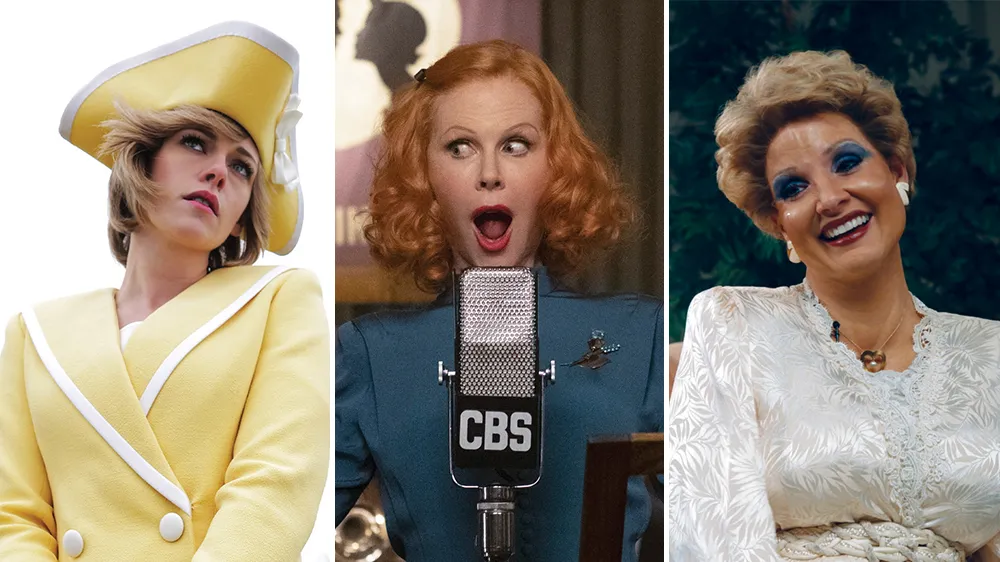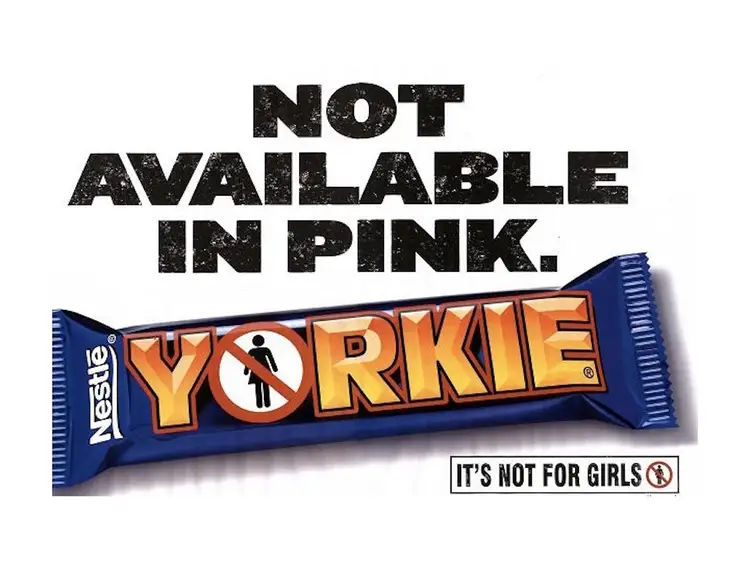The Male gaze refers to the way media often portrays women from a heterosexual male perspective. Which can in return in the objectification of women and the reinforcement of traditional gender roles. The male gaze theory was first coined by femenist film crtic Laura Nulvey in 1975. It argues that forms of media and entertainment like films, adverts, TV shows and video games are created in the eyes of a male perspective. Therefore, this means that women are often characterised by their appearance and made out to be these objects of desire and sexuality rather than their thoughts and feelings.
In films, for example, we often see female characters presented through the eyes of male protagonists. According to Variety magazine only 7 per cent of films in 2021 featured more women than men in a study by Dr Martha Lauzen, executive director of the Centre for the Study of Women in Television and Film at San Diego State University, male characters in films remained significantly more prevalent than female characters in 2021. The analysis discovered that a significant 85% of films had more male characters than female ones. There were over twice as many male characters as female characters, and only 31% of films had a single female lead. In a mere 7% of films, the proportion of female characters to male characters was even, with 8% of films having an equal number of both genders.

In advertising the male gaze is used to sell products by using sexualised images of women to garner the attention and appeal of male consumers. For example, in the 1950s and 60’s the placements of gender roles in adverts were very clear as normal household items would be heavily marketed on posters that would feature women cleaning or cooking in the kitchen which reinforced gender stereotypes. Focusing on a more modern example is the ‘Yorkie’ chocolate bar which explicitly labelled ‘not for girls’ on the blue wrapper. The slogan was dropped in 2011.

As well as this, the male gaze has also come under fire in the form of video games. In many games, female characters are often portrayed with exaggerated sexualised features and submissive roles. An example of this would be the Super Mario games franchise whose focal point is to save the damsel in distress Princess Peach. Although this may appear like a harmless game for kids some feminists would argue that it is games like these that reinforce gender stereotypes that may be harmful to young children.

It is noteworthy, although, that not all media maintains the male gaze, and that there have been encouraging developments recently with more varied and strong representations of women. In an effort to promote more inclusive and genuine representation, a large number of filmmakers, authors, and activists are questioning the male gaze. Comprehending the male gaze gives us an understanding of how media enforces gender roles by using the underlying power dynamics it perpetuates. As a society, we should be encouraged to support media that portrays women as complex, independent individuals with their own narratives.
References:
https://variety.com/2022/film/news/womens-roles-2021-films-men-outnumber-lauzen-study-1235204838/
https://www.businessinsider.com/the-story-behind-the-yorkie-chocolate-bar-2016-3?r=US&IR=T

We have to admit that the concept of the male gaze is not limited to men, but is a broader reflection of societal norms and expectations. Breaking down these stereotypes and promoting a more balanced and respectful portrayal of all genders is good for everyone. I believe that working to challenge and subvert the male perspective is a necessary step in creating a more equitable and inclusive world.
This was a great blog which used many different examples to illustrate how the ‘male gaze’ has dominated our society in the past, it was interesting to read that the ‘male gaze’ was used even in the advertisement of food products! I agree with your concluding paragraph and I think that in order for us to progress, we need to start breaking down the norms and stereotypes that have been put on women.
Interesting read, I really liked the example you used of the old school Yorkie bar, it’s a good example of how normalised the stereotypical gender roles of the past were in media and society in general. Is there any way that you could explain how Male Gaze has been used in media to highlight the female empowerment movement?